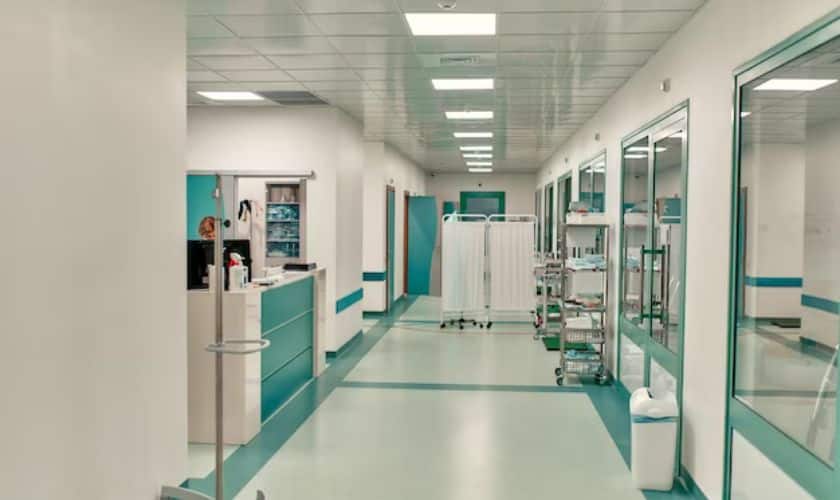
Top Trends In Medical Office Construction And Design
The medical office construction and design world is continually evolving to meet the changing needs of patients, healthcare providers, and advancements in medical technology. From patient-centered environments to state-of-the-art facilities, staying updated with the latest trends is essential to creating medical offices that offer optimal patient care and operational efficiency. In this article, we’ll delve into the top trends shaping the landscape of medical office construction and design.
Patient-Centric Design For Medical Office Construction
One of the prevailing trends is a shift towards patient-centered design. Medical offices are designed to prioritize patient comfort, convenience, and overall experience. Waiting areas are becoming more welcoming with comfortable seating, natural lighting, and soothing aesthetics that reduce anxiety and promote relaxation.
Telehealth Integration:
The rise of telehealth has led to a demand for medical offices to accommodate virtual consultations. Design considerations now include technology integration, such as video conferencing setups, ensuring patients can connect with healthcare providers remotely seamlessly.
Flexible Spaces:
Medical office designs embrace flexibility to accommodate changing healthcare needs. Multi-purpose rooms that can be quickly adapted for different specialties and modular furniture and equipment allow medical offices to respond to evolving patient demands efficiently.
Emphasis on Wellness:
Healthcare is shifting from reactive to proactive approaches. Medical offices incorporate wellness-focused features such as meditation rooms, fitness areas, and educational spaces, empowering patients to take charge of their health beyond medical treatments.
Sustainability and Green Design:
Environmentally conscious design is gaining traction in medical office construction. From energy-efficient lighting and HVAC systems to sustainable materials and waste reduction strategies, green design benefits the environment and aligns with patients’ and staff’s wellness values.
Technology Integration:
Cutting-edge technology is revolutionizing medical care. Medical offices are being designed to seamlessly incorporate electronic health records (EHR) systems, smart medical equipment, and digital imaging technology, streamlining workflows and enhancing patient care.
Infection Control Measures:
The recent global events have underscored the importance of infection control in healthcare settings. Design trends include antimicrobial surfaces, touchless fixtures, and well-ventilated spaces, prioritizing patient and staff safety.
Collaboration Spaces:
The trend towards collaborative care is creating spaces where healthcare providers can collaborate and discuss patient cases. Designing spaces that facilitate interdisciplinary communication can improve patient outcomes and more comprehensive care.
Accessibility and Inclusivity:
Medical offices increasingly focus on creating inclusive spaces catering to patients with diverse needs. This includes wheelchair-accessible entrances, gender-neutral restrooms, and sensory-friendly waiting areas.
Biophilic Design:
Biophilic design principles integrate nature into medical spaces. Greenery, natural textures, and elements that mimic outdoor environments promote healing, reduce stress, and contribute to a more soothing atmosphere. So, we can not ignore the importance of biophilic design in medical office construction.
The medical office construction and design world is undergoing transformative changes driven by the needs and expectations of patients, technological advancements, and evolving healthcare practices. Staying attuned to these trends allows medical practitioners and facility managers to create environments that enhance patient care and foster innovation, sustainability, and wellness. By incorporating patient-centered features, embracing technology, and prioritizing safety and accessibility, medical offices can remain at the forefront of modern healthcare delivery while providing the best possible experience for patients and healthcare providers.

